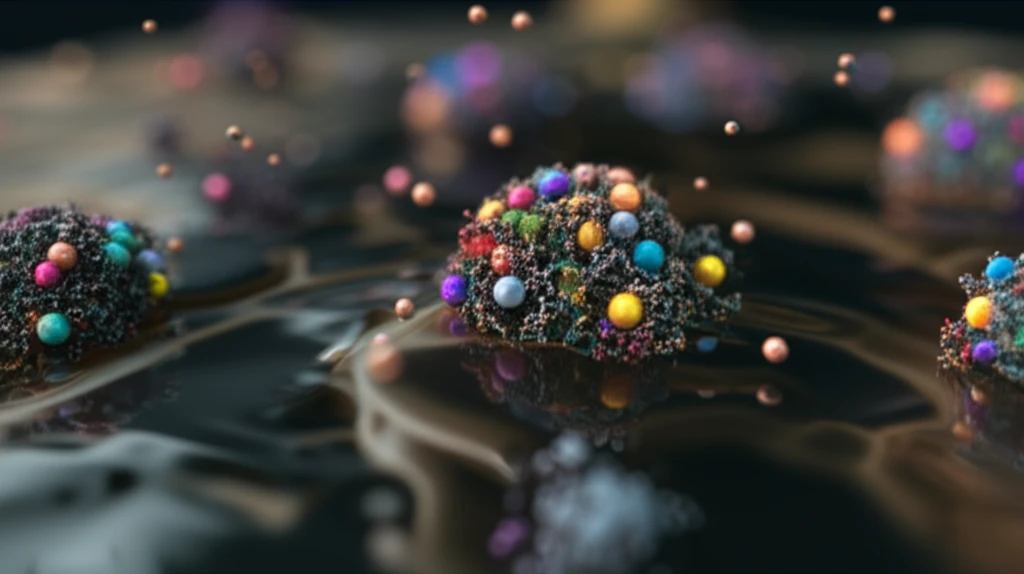
Heavy Metal Detox: Can Nano-Materials Clean Our Water?
"Explore how innovative nano-structured materials are revolutionizing wastewater treatment, offering a sustainable solution to heavy metal pollution."
Heavy metals in industrial wastewater pose a significant threat to environmental and public health. These toxic substances, including arsenic, chromium, and lead, don't break down naturally and can accumulate in living organisms, causing severe health issues and ecological damage. Traditional methods of removing these pollutants often fall short, highlighting the urgent need for innovative and effective solutions.
Enter nano-materials: a promising frontier in wastewater treatment. Scientists are exploring the unique properties of materials at the nanoscale to develop highly efficient adsorbents that can capture and remove heavy metals from contaminated water. Among these, dendritic nano-structured materials are gaining attention for their ability to bind with metal ions and facilitate their removal.
This article delves into the groundbreaking research on using a specific type of dendritic nano-structured material, synthesized from polyamidoamine dendrimer and blast furnace slag (BFS), to remove heavy metals from wastewater. We'll explore how these materials are created, how they work, and their potential to transform industrial wastewater treatment.
How Do Dendritic Nano-Materials Work?

The key to this technology lies in the unique structure of dendritic nano-materials. These materials are designed with a starburst architecture, featuring multiple layers with distinct inner and outer phases. This structure allows them to:
- Chelate Metal Ions: The dendrimer's outer layer contains functional groups that can bind with heavy metal ions through a process called chelation. This creates a strong interaction between the material and the pollutants.
- Enhance Adsorption: The large surface area of the nano-material, combined with the chelation process, significantly enhances the adsorption of heavy metals from the water.
- Offer Stability: By immobilizing the dendrimer on a support material like BFS, the nano-material gains stability and can be easily separated from the treated water.
The Future of Water Purification
This research demonstrates the potential of dendritic nano-structured materials for efficient and sustainable heavy metal removal from wastewater. By utilizing industrial byproducts like blast furnace slag, this approach not only addresses water pollution but also promotes resource recovery and waste reduction.
While these findings are promising, further research is needed to optimize the performance of these materials and assess their long-term stability and environmental impact. Scaling up the production of these nano-adsorbents and implementing them in real-world industrial settings will be crucial for widespread adoption.
As concerns about water scarcity and pollution continue to grow, innovative solutions like dendritic nano-materials offer a glimmer of hope for a cleaner, healthier future. By harnessing the power of nanotechnology, we can develop more effective and sustainable ways to protect our precious water resources.
